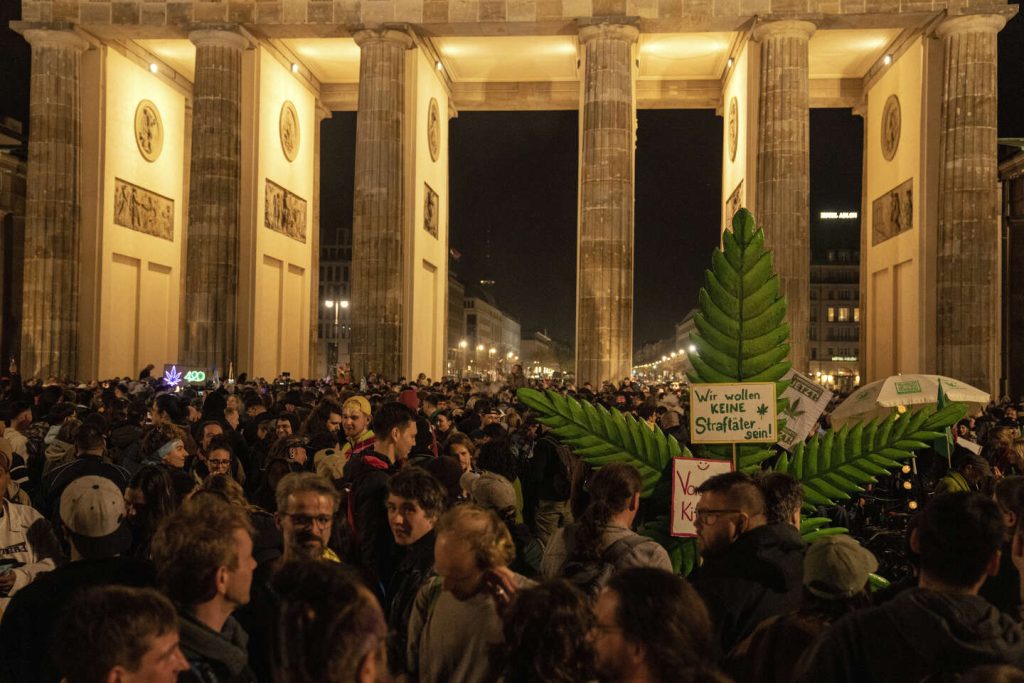Germany recently passed a new law allowing for the “controlled use of cannabis,” but its implementation has been met with confusion and challenges. One of the main objectives of the law was to eradicate the black market for cannabis by allowing its legal sale in licensed shops. However, this plan had to be abandoned due to conflicts with European law. As a result, consumers now have the option to grow up to three cannabis plants at home or join producer associations to receive a monthly supply of up to 30 grams for those aged 18 to 21, and up to 50 grams for older individuals.
The establishment of these producer associations has faced delays, with some regions like Bavaria resisting the new legislation. If these associations are not able to start operating by the mandated date of July 1st, consumers who do not wish to grow their own cannabis may continue to rely on illegal dealers. Additionally, the law allows individuals to carry up to 25 grams of cannabis without legal consequences, which may benefit small-time traffickers. The government’s aim to reduce the burden on police officers and judges by shifting away from a failed prohibition policy is still challenged by the complexity of enforcing the new regulations.
The new law specifies restrictions on where cannabis can be consumed, such as prohibiting smoking near minors, within 100 meters of schools, sports facilities, and children’s playgrounds, and in pedestrian zones between 7 am and 8 pm. This poses a logistical challenge for authorities in ensuring compliance with these regulations. Furthermore, the success of the law’s objectives remains uncertain, as the confusion surrounding its implementation raises doubts about achieving the desired outcomes in the short term. The resistance from certain regions and the lack of operational producer associations add to the challenges faced in realizing the government’s goals.
The shift towards a more lenient cannabis policy in Germany reflects a broader trend towards reassessing drug laws and addressing the failures of previous enforcement strategies. By legalizing cannabis and implementing controlled measures for its use, the government aims to reduce the negative impact of prohibition on law enforcement resources and public health. However, the transition to this new regulatory framework has been met with obstacles, including delays in establishing producer associations and challenges in enforcing consumption restrictions in designated areas.
Ultimately, the success or failure of Germany’s new cannabis law will depend on overcoming the current obstacles and ensuring effective implementation. The government’s objectives, such as reducing the black market, relieving law enforcement, and promoting responsible cannabis use, will require coordinated efforts from various stakeholders. Addressing concerns from resistant regions, establishing operational producer associations, and effectively enforcing consumption restrictions will be crucial in determining the ultimate impact of the new legislation. As the law continues to be implemented and evaluated, its effectiveness in achieving the desired outcomes will become clearer over time.


